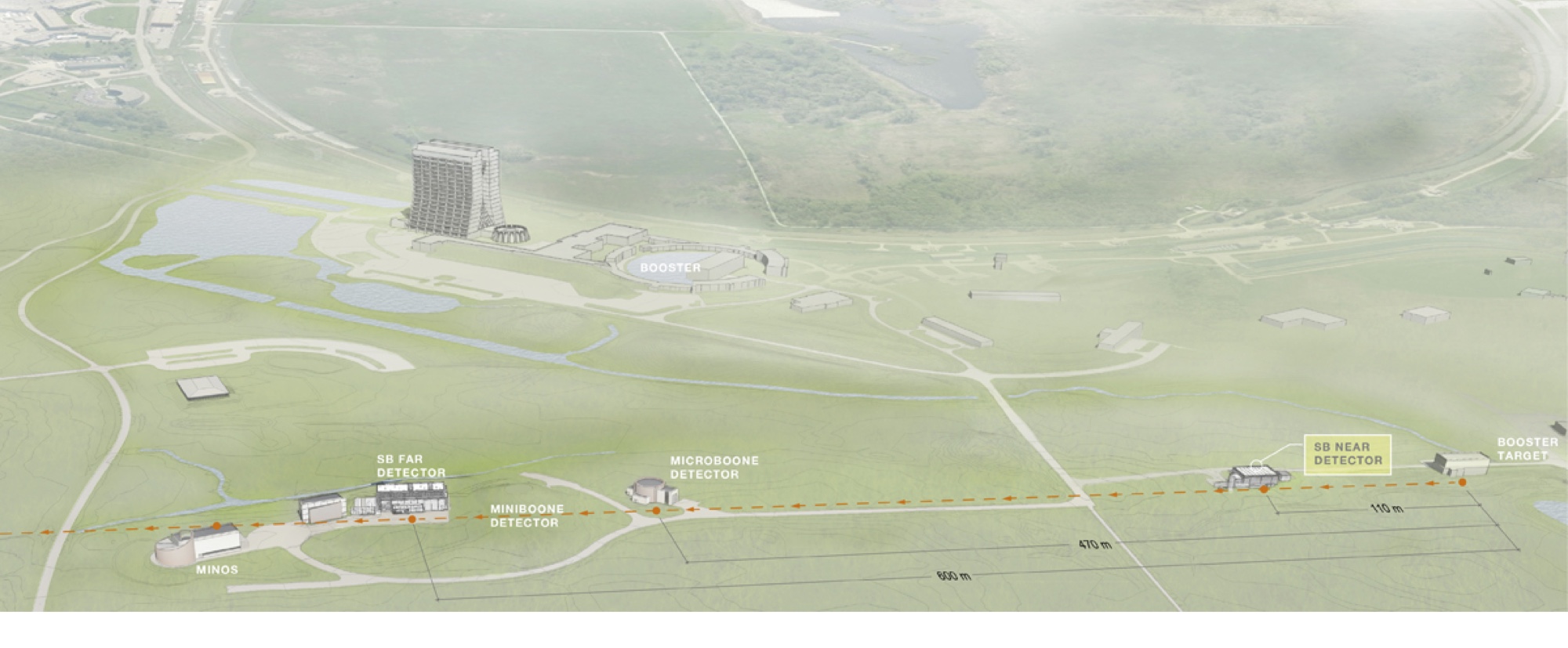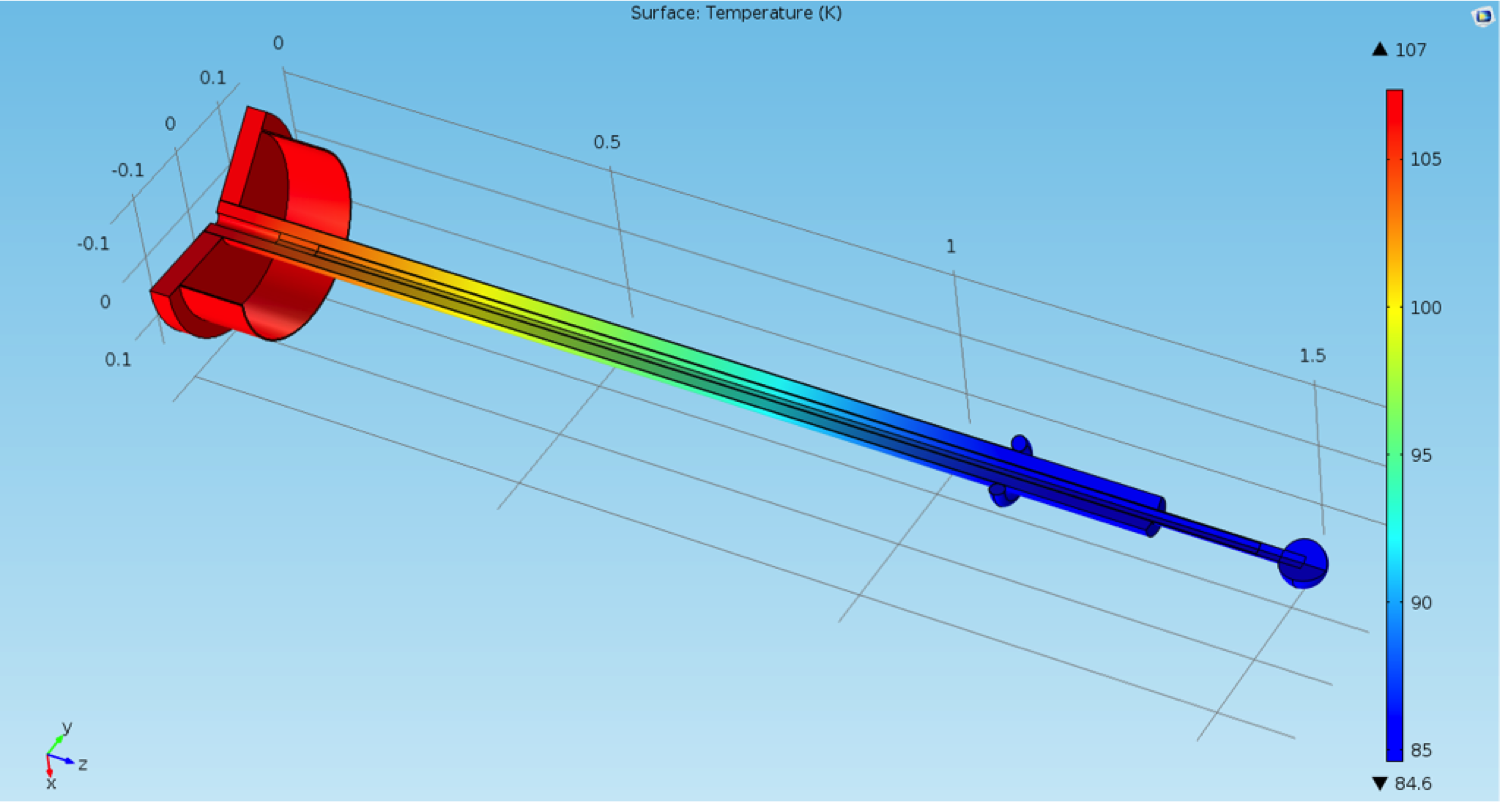The SBND Experiment
Short Baseline Neutrino (SBN) Oscillations at Fermilab
The SBND (Short-Baseline Near Detector) is currently in its design/construction phase and will be part of a three liquid argon detector complex in the Booster Neutrino beam (BNB) at Fermilab. The main goal of this short baseline oscillations detector complex is to investigate the potential sterile neutrino signals from LSND and MiniBooNE. A confirmation that sterile neutrinos exist would truly be groundbreaking.
The SBND experiment should start taking data in 2019 and will be a 112 ton active volume liquid argon TPC located only 110m from the BNB source and acting as a Near detector for two other detectors: MicroBooNE and ICARUS-T600. The 170 ton LAr-TPC MicroBooNE experiment is 470m from the BNB source and will be acting as an Intermediate detector for the Fermilab SBN program, while the Far detector will consist of the 600 ton ICARUS-T600 detector, which is embarking on a new chapter in its life and moving home from Gran Sasso to Fermilab 600m from the BNB source.

The SBND high voltage feedthrough
UCL, together with Yale University, is leading the design and build of the SBND high voltage feedthrough (a simulation is shown below). The feedthrough will be able to generate up to 150kV for the SBND Cathode plane and has been designed to strict leak and stress requirements based on designs from both neutrino and dark matter noble liquid experiments. The HV-feedthrough will plug into the SBND TPC which is expected to be completed in 2019. As full members of the SBND collaboration, UCL is also expected to take an active role in SBND data analysis once the experiment has been built. More information about the SBND experiment can be found on the experiment website.

